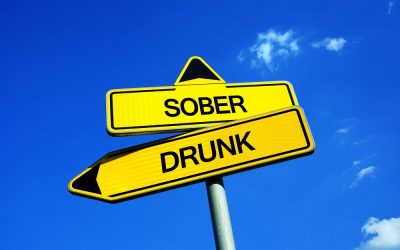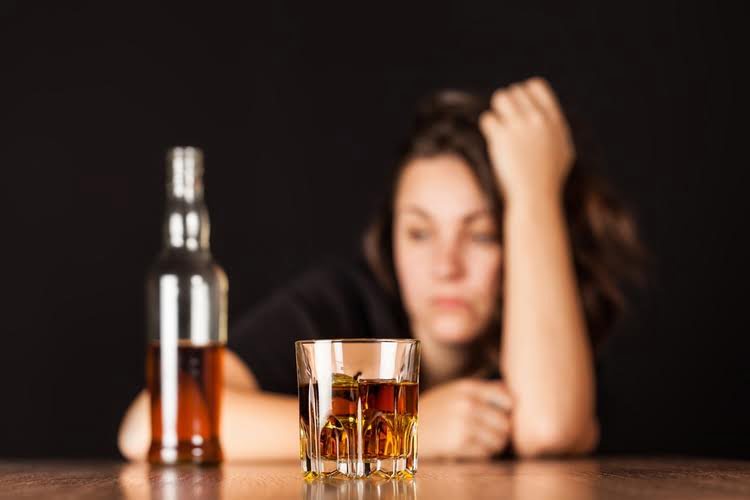Self-Motivation: Why it Makes a Difference in Recovery and Life
Content
Also, further research on the RMP and the 16 basic desires would significantly deepen the understanding of human motivation in general. In our research, the need for Tranquillity was linked to a higher amount of light PA. Light PA includes, motivation for sobriety for example, slow-tempo walking, gardening, and yoga. Therefore, people with a high need for Tranquillity may want to reduce their anxiety by adding light, relaxing, and low-risk exercise to their life to seek higher emotional calm.
- Motivation is a single thing, but rather learning to select and use a range of skills appropriate to the situation.
- When life gets hard, you will need to stay focused on what you want.
But abusing drugs or alcohol over an extended period can cause more severe health consequences, including cardiovascular, respiratory and psychological problems. Substance abuse can also lead to violence, trauma, injury or diseases such as HIV. Inner Voyage prepares you to experience recovery, even if you’ve relapsed in the past, and to help you re-enter the world as your healed self.
Importance of Motivation in Addiction Recovery
These treatment facilities provide tools to help individuals get sober and live healthier lives. When you take a look at what makes substance abuse such a difficult thing to handle and experience, some of the most prominent factors you’ll encounter are the negative implications to your health and finances. As you start navigating through sobriety, you will start to understand that your recovery must be the most important motivating factor in your life. Anything that comes before your recovery will be subject to be taken away again and again. Where there is a will, there is a way, and recovery is achievable for this very reason.
Therefore, people sometimes have difficulty making an accurate appraisal. This does not mean they are «in denial.» It simply means they might benefit from some outside guidance. Motivational interviewing may be a beneficial tool to help these folks. These individuals will greatly benefit from professional and/or non-professional help. Keeping yourself going even when you feel exhausted or frustrated is no easy task.
Does LSD Show Up on a Drug Test?
There may be moments when you do not want to continue putting in the work. A good way to motivate yourself is to remember why you started in the first place and all the progress you’ve made. Outside of anonymous groups, there are many options for interaction. Make use of online forums, social https://ecosoberhouse.com/ media communities, and social groups that promote sober living. The important thing to remember is that you don’t throw in the towel just because things aren’t perfect. Don’t beat yourself up or quit because you didn’t work out or didn’t complete something else you set out to do.
This journey is solely yours and despite the fact that you may meet others who are battling with the same disorder, their experience is not your experience. Do not be discouraged by statistics or the negative comments/judgment made by society. Instead, focus on yourself and always remember that you are unique and special in your own way. You have the motivation inside of yourself to steer your life in a new and better direction, but in order to get there, you must believe that change is possible through your own individual strength. Kenneth Baker, a former publisher, had a long and tortured history with drug abuse. His father had passed away at the age of 45 after a lifelong battle with alcoholism, and Kenneth’s brother was headed down the same path.
Work a 12-step program
Their work began during the late 1970s when they became interested in the way people change. They developed, tested, and refined the Stages of Change Model. This model is one of the most widely used and accepted models within the field of addiction treatment.
- So take as much time as you need, and take it slow; set your own small recovery goals and build healthy habits.
- And staying connected is a sure-fire way of staying motivated as you set out on a lifelong recovery journey.
- It takes more energy to do something differently than it does to follow the status quo – mentally-speaking, motivation is a reason for us to deviate from the norm.
With motivational interviewing, finding motivation can become another healthy ritual that helps reinforce positive habits. In other words, having motivation means an individual will have the will to put for the action in order to accomplish a task. In regards to recovery from addiction, motivation is the driving force behind maintaining long term sobriety.
When Kenneth discovered his wife’s affair, it seemed that he was going down the same direction too. You know better than anyone about the pain of addiction and conflicting priorities, but you should also remember that everyone is capable of making choices that improve their quality of life. In 2013, a group of experts studied a group of individuals who were looking for recovery.
Staying connected to a higher power can give people the strength to avoid drug or alcohol use and commit their lives to sobriety. Reading motivational or inspirational quotes can elicit change and help people avoid substance use. Many people who are discouraged by their behaviors use quotes as tools to build motivation and encouragement. Purchasing drugs from a dealer or alcohol from a nearby store can become a financial burden over time.
Motivation can come from getting involved in community service. Serving others and giving back to the community can connect you to a larger purpose in life. You will be reminded that you now have the privilege to serve others in need because of all the work you have put in. This helps you adjust your perspective and not take your sobriety for granted. Motivational Enhancement Therapy (MET) is a specialized counseling approach that aims to inspire internal motivation in the client. You might benefit from a more traditional treatment like medication or individual counseling.
Being sober is amazing in and of itself, and your life will continue to open to amazing possibilities as a result. You might want to regain what you lost or reach for something you put off long ago. Even if relapse occurs, it does not have to mark the end of your recovery.











